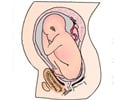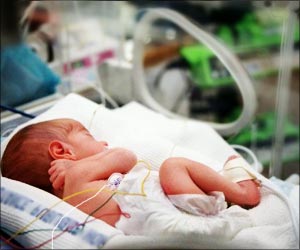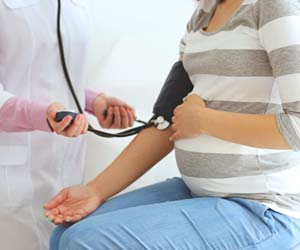A common condition that occurs most frequently during the antepartum (before delivery) period is pelvic girdle pain (PGP) .It causes pain and physical impairment.

‘While strong evidence shows that women with PGP are at high risk of falls, there is little evidence on measures to assess balance or reduce the risk of falls, including activity limitations.’





Antepartum Pelvic Girdle Pain - Guideline for Physical Therapy Management
Pelvic girdle pain is estimated to occur in up to 70 percent of women sometime during pregnancy. Women with PGP develop pain in the pelvic region, which sometimes brings changes in posture, gait, and activity level. These symptoms can cause significant impairment in several areas of patients' lives.Symptoms of PGP may be severe in 20 percent of women, and in some cases may persist after delivery. Physical therapists play an important role in assessment and management of women with patients with PGP during and after pregnancy.
The new guideline makes recommendations for physical therapy management in key areas.
Recommendations are ranked by strength of supporting evidence and address specific categories of impairment based on body function, body structure, and activities/participation. Topics include: Risk factors. Based on strong evidence, risk factors for the development of or more severe PGP include previous pregnancy, orthopedic dysfunction (such as hip and/or leg dysfunction), increased body mass index, and smoking. Risk is also higher for patients with work dissatisfaction and those who don't believe that their condition will improve.
Clinical course. Several factors can help to identify women who will have persistent problems. These include PGP developing early in pregnancy, multiple pain locations, and abnormal results on multiple physical therapy assessments.
Advertisement
Physical therapy interventions. Physical therapy recommendations for PGP may include the use of a support belt, exercise programs, or manual therapy techniques. Yet so far there is only weak or conflicting evidence to support these recommendations.
Advertisement
The authors believe their research review and evidence-based guideline will provide a useful guide to diagnosis, management, and outcomes assessment for the common problem of PGP, with interventions guided by the individual patient's physical impairment. Susan Clinton adds, "The creation of this guideline also has a very important role in informing research where evidence is sparse in the literature."
Source-Eurekalert















